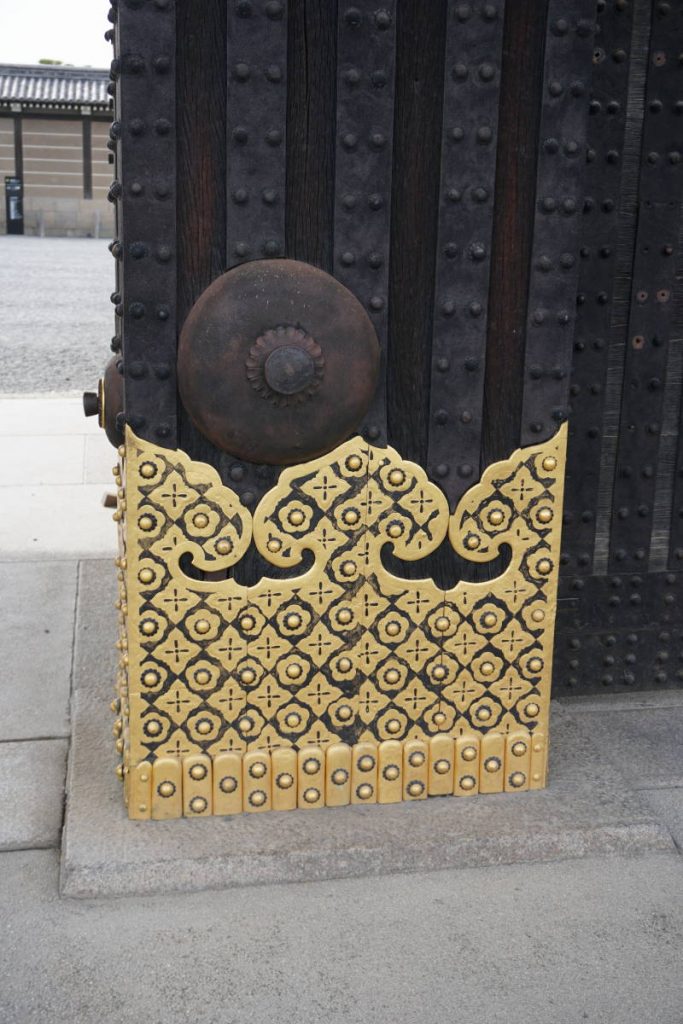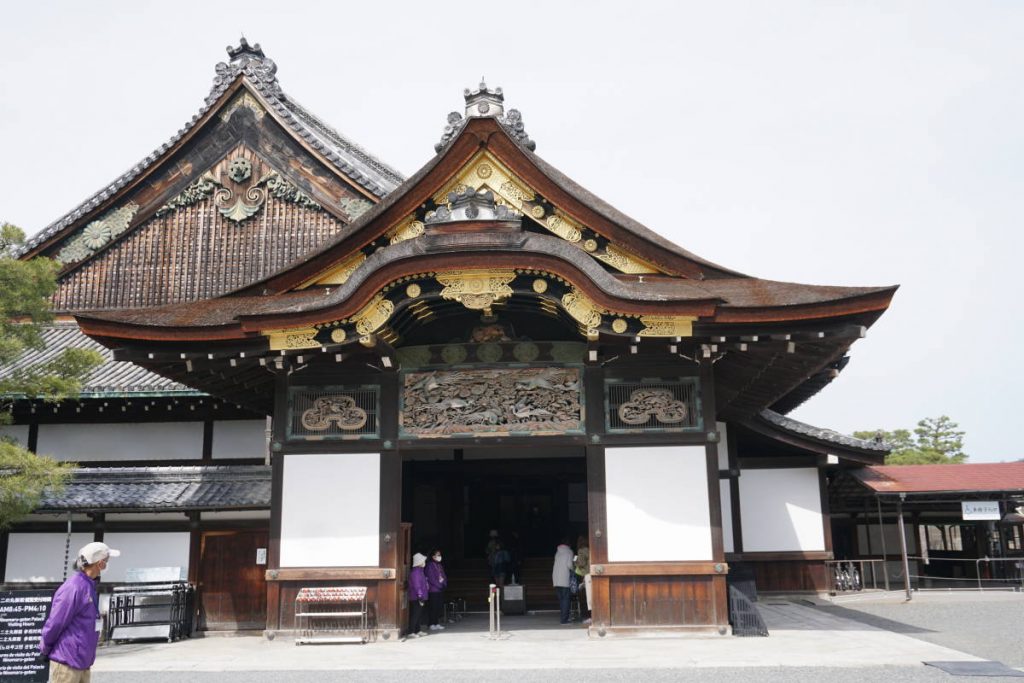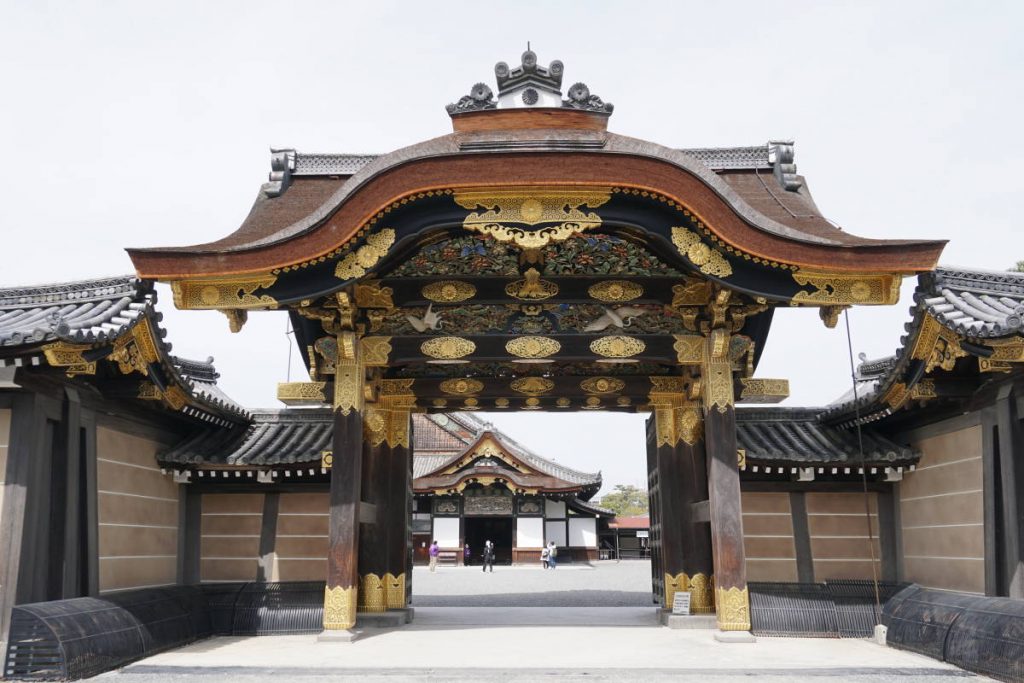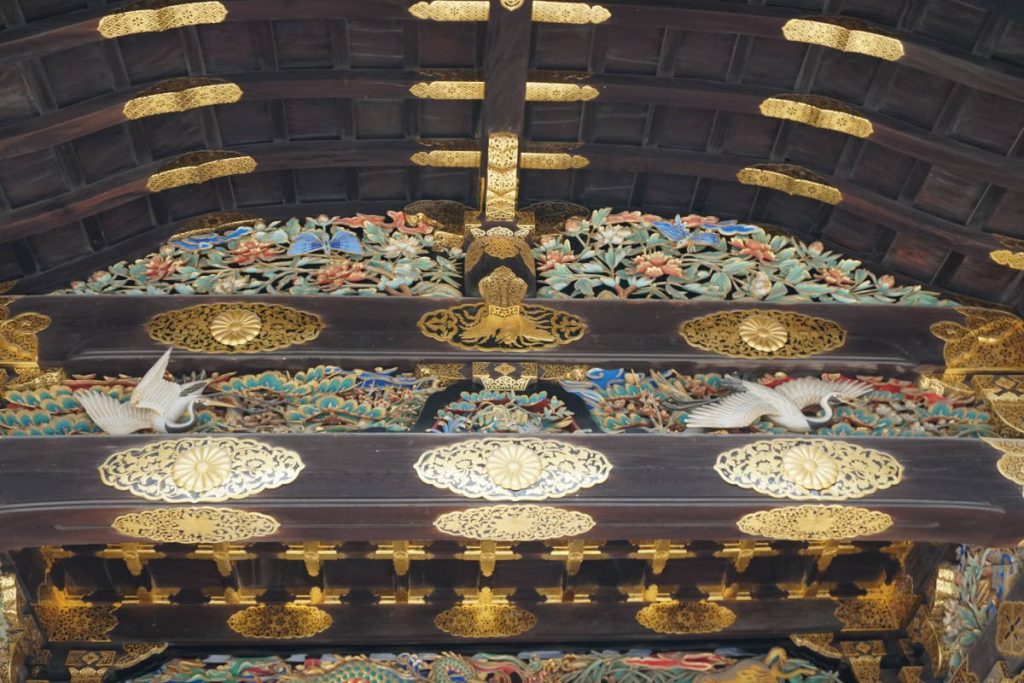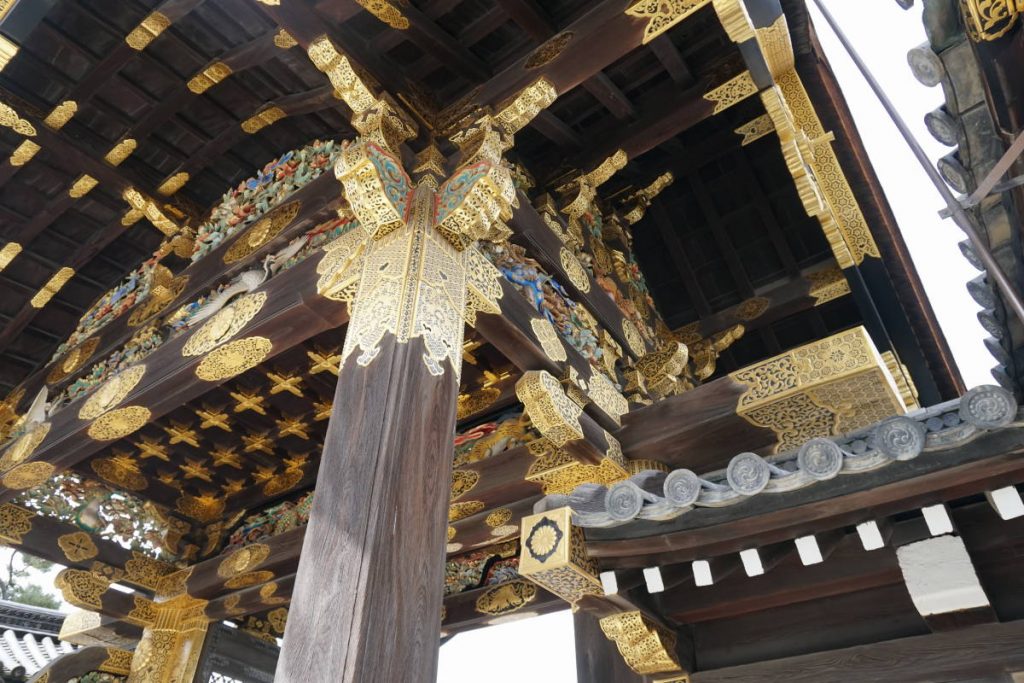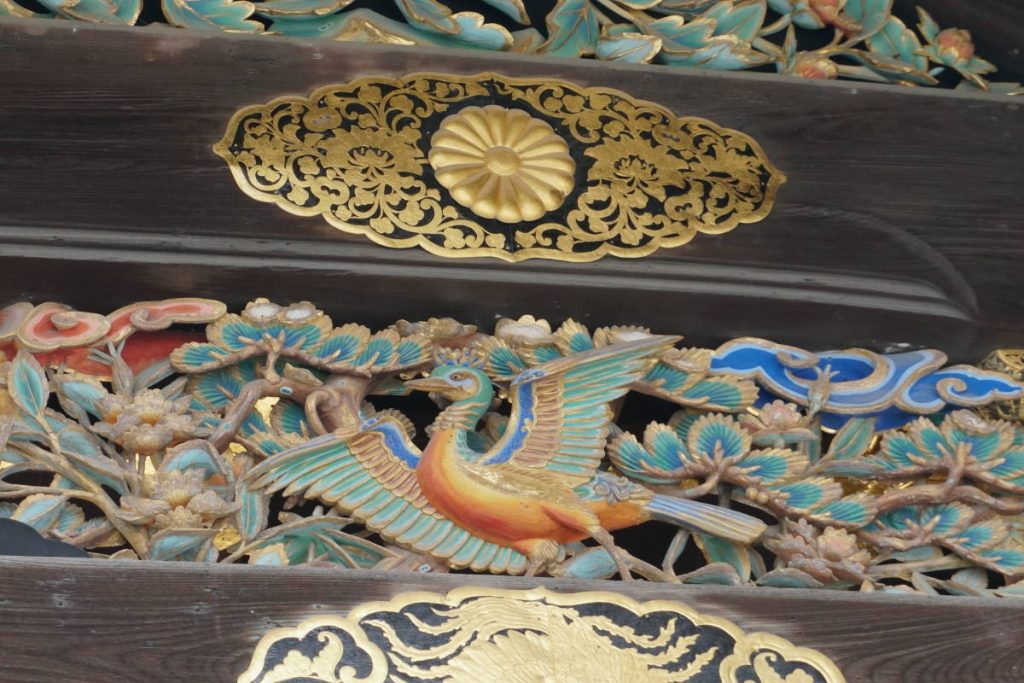History of Nijo-jo Castle
Nijo-jo Castle has witnessed some of the most important events in Japanese history in the 400 years since it was built. The castle was completed in 1603 on the orders of Tokugawa Ieyasu, the founder and first Shogun of the Tokugawa Shogunate (1603-1867). Tokugawa Ieyasu unified Japan after a long period of civil war, und ushered in a period over 260 years of peace and prosperity. The government that Ieyasu established lasted for fifteen generations, and was one of the longest period stability and prosperity in Japanese history. Japan was unified under the rule of Tokugawa family after the battle of Sekigahara in 1600, and in 1603 Tokugawa Ieyasu was appointed Seii-Taishogun ( usually shortened to just Shogun –see 5 below), by the Emperor (Goyouzei). After receiving his appointment, Ieyasu came to Nijo-jo Castle to announce his appointment to the feudal lords. Nijo-jo Castle was thus the stage for the announcement of of the beginning of one of the most important periods in Japanese history. The Castle served as the Kyoto residence of the Shogun on the very rare occasions when he visited the Imperial Capital. When the Shogunwas not un residence, The Nijo Zaiban samurai guards, who were dispatched from the Shogun’s capital at Edo( present day Tokyo), were garrisoned at the castle.
In 1614, Tokugawa Ieyasu departed from and returned to the castle in triumph from the Siege of Osaka Castle, which ended the line of the Toyotomi family, which ruled Japan before the Tokugawas. This cemented the position of the Tokugawas as the political rulers of Japan. A large-scale renovation was begun in 1624, during the reign of the third Shogun Iemitsu , in preparation for an Imperial Visit by the Emperor Go-mizuno-o in 1626. This visit served as a statement of the wealth and stability of shogunal rule. In 1867, the 15th Shogun, Tokugawa Yoshinobu summoned the senior vassals from 40 domains who were resident in Kyoto to the Ohiroma of Ninomaru-goten palace and announced the end of Tokugawa rule, and the returning of political control to the Emperor(Meiji). This ushered in the Meiji Period, during which Japan developed very rapidly from a feudal society into the modern democratic nation that we know today. The Nijo-jo Castle thus staged the opening and closing ceremonies of the last period of feudal rules, as well as being the starting point of the creation of the modern Japanese State. The 400-year buildings of the Ninomaru-goten Palace, the Kara-mon Gate and the Ninomaru Garden, are unique survivals from one of the golden ages of Japanese architecture and design, the early Edo period, known for its ornate architecture and magnificent inretors.
Restoration of Imperial Rule
In 1867, the end of the political rule of the Tokugawa shogunate and the restiration of power to the Emperor was proclaimed st Nijo-jo Castle. At the end of 18th century, the arrival of overseas delegations demanding the opening of Japanese ports forced the Shogunate to sign treaties bringing an end of approximately 200 years of Japanese isolation from the outside world. The Shogun decided to seek approval for these treaties from the Imperial Court, which caused considerable confusion since it questioned the authority of the Shogun. Samurai mainly from southern Japan plotted to bring an end to the Tokugawa Shogunate and to return political power to the Emperor by force. In response, the 15th Shogun, Tokugawa Yoshinobu, summoned senior vassals from 40 domains who were resident in Kyoto to the Ohiroma of Ninomaru-goten Palace on October 13, 1867, and solicited their opinions. On the following day, the Shogun announced his intention to return his political authority to the Imperial Court, which was accepted by the Emperor on October 15, 1867. Although there was some resistance, including outbreaks of warfare, Edo Castle was handed over the new Imperial Government without bloodshed in the spring of 1868, making the end of the Tokugawa period and beginning of the modernization of Japan . Political power thereby restored to the Emperor, and the Meiji period began. Thus, this is known as the Meiji Restoration.
What is a Shogun?
Rule by the Imperial Court was formalized in the 4th century, with the first permanent imperial capital established at Nara in 694. (Fujiwara-kyo) When the first samurai government was established in Kamakura in 1185, actual political rule was taken over by the samurai, with the Emperor maintaining his position as the head of state. The head of the Kamakura samurai government was granted the title of Seii-Taishogun, later abbreviated to just Shogun. The Shogun was a very ancient court appointment dating back to the 8th century and roughly equivalent to a generalissimo, or commander-in-chief.
Other source
・Nijo-jo Castle was built by Tokugawa Ieyasu as a residence during his visits to Kyoto. The majestic Ninomaru Palace-a national treasure is open to the public. As visitors walk slowly along the corridors here, the floorboards underneath creak and squeak with every step. It is believed these sounds are intentional and act as a means to prevent criminals from sneaking around.
Ninomaru-Goten is designated as a national treasure therefore taking pictures is prohibited in this building. This is one page out of its brochure.

Kyoto, 京都府, Japan



